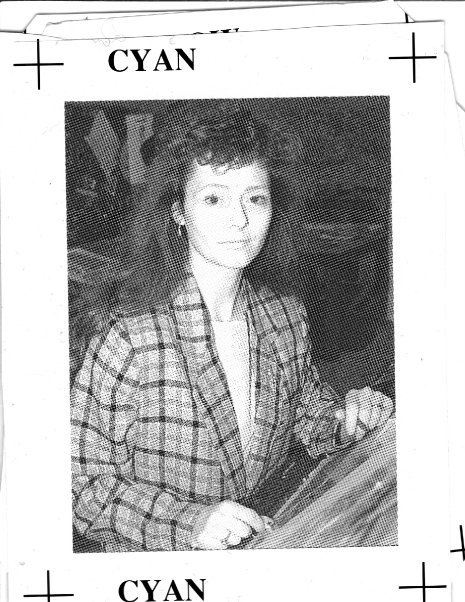You may not immediately notice it as a reader. But there’s a reason a writer doesn’t put a T-shirt on the heroine in the first chapter, then have the boyfriend show his love by giving her his tee shirt a couple of chapters later only to have them go shopping for matching T-Shirts for their wedding party later on in the story.
Writing that is readable, writing that carries with it the weight of authority, is based on cohesive organization, tone and style. The same words are spelled the same. There’s a style for everything, from government documents to thesis formatting. You don’t have to memorize the rules, although if you work in a style for a long time it’s bound to become second nature.
The Associated Press Stylebook has been my writing bible for more than 25 years. It governs the way I spell numbers (written out from one to nine and expressed numerically from 10 up) to where I place commas. But I’ve also written in APA, GAO, Chicago, New York Times and in very particular styles – ellipses to italics – for publications that set their own guidelines, often based off one of the standard bearers. There’s no point in memorizing the rules because they’re fluid. But you do need to know the general concepts and where to find the specifics. And where to find changes. There’s no shortcut. If you want to be taken seriously. If you want your work to be credible.

Internet is lowercase, underway is always one word, and we don’t have to process color separations like we did in the 1990s. But journalistic ethics, and the need to write accurately in a consistent style have not changed for those of us who revere the craft. This is the head shot announcing my promotion to managing editor.
AP has a blog. And anyone who cares about quality reporting, writing and editing should care about the Poynter Institute. The Purdue OWL is one of the best online writing resources available for several styles including APA and Chicago. Don’t neglect the dictionary of your choosing. Keep it bookmarked. Use as needed. If you choose an alternate spelling (listed after the first, preferred spelling), that’s AOK as long as you stick with it. I jot down my own style notes as I go: OK or okay? Boat names italicized or in quotes? Using accents and other diacritical marks? McDreamy or Mcdreamy? The uniformity adds flow to the work. No speed bumps for readers.
If you’re going to spell something “wrong” do it deliberately. Wal-Mart is spelled correctly in my upcoming novel More Than You Think You Know because the book is set in 2006. These days Walmart is over the hyphen. Except for corporate documents. And when the company uses a * instead. Sounds like it could use its own style guide, eh?
Don’t be wedded to any single style. You can move between them depending on what you’re writing. Complacency is the enemy of creativity. And word use is always changing. Grammar rules are continually challenged. It’s not about being “right.” It’s about being clear. Readable.
For example, the Washington Post recently approved “they” for singular use. Poynter re-issued the AP alert. In our world, it’s huge. But not a hill I want to die on. The gender neutral inclusivity is a strong pro. Making single plural? Therein lies the rub.
As Michigan Tech News Director and long-time journalist Jenn Donovan says, if he or she runs into a he/she (or god forbid s/he) conundrum, a not-lazy writer will figure out a way to write themselves out of the awkward construction. But as she also noted one day as we discussed 3-D vs. 3D, “consistency is king.”
Look it up. Pick a style. Stick with it.
And stay tuned for further alerts.

Very informative! Thanks for sharing your expertise!
Always happy to help!